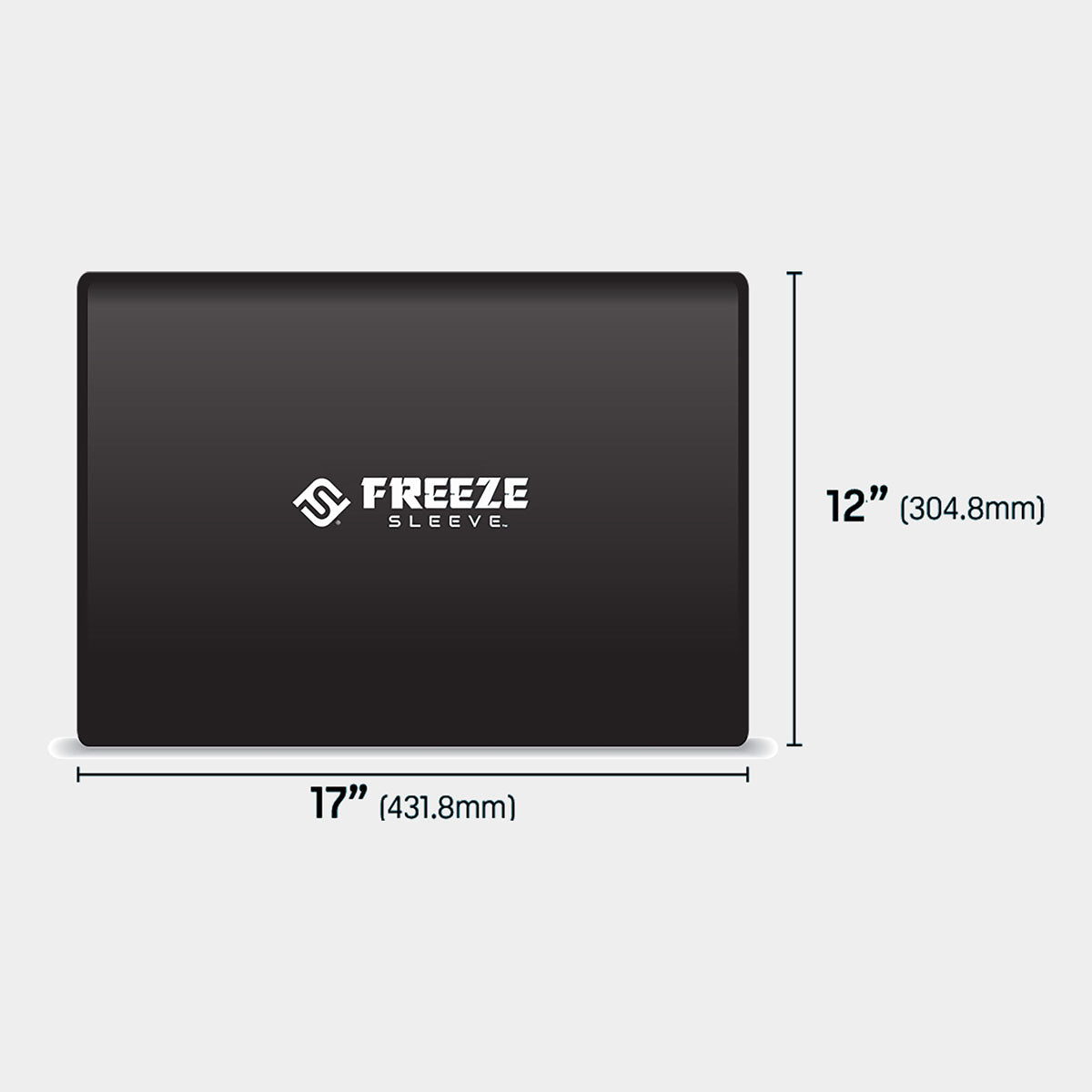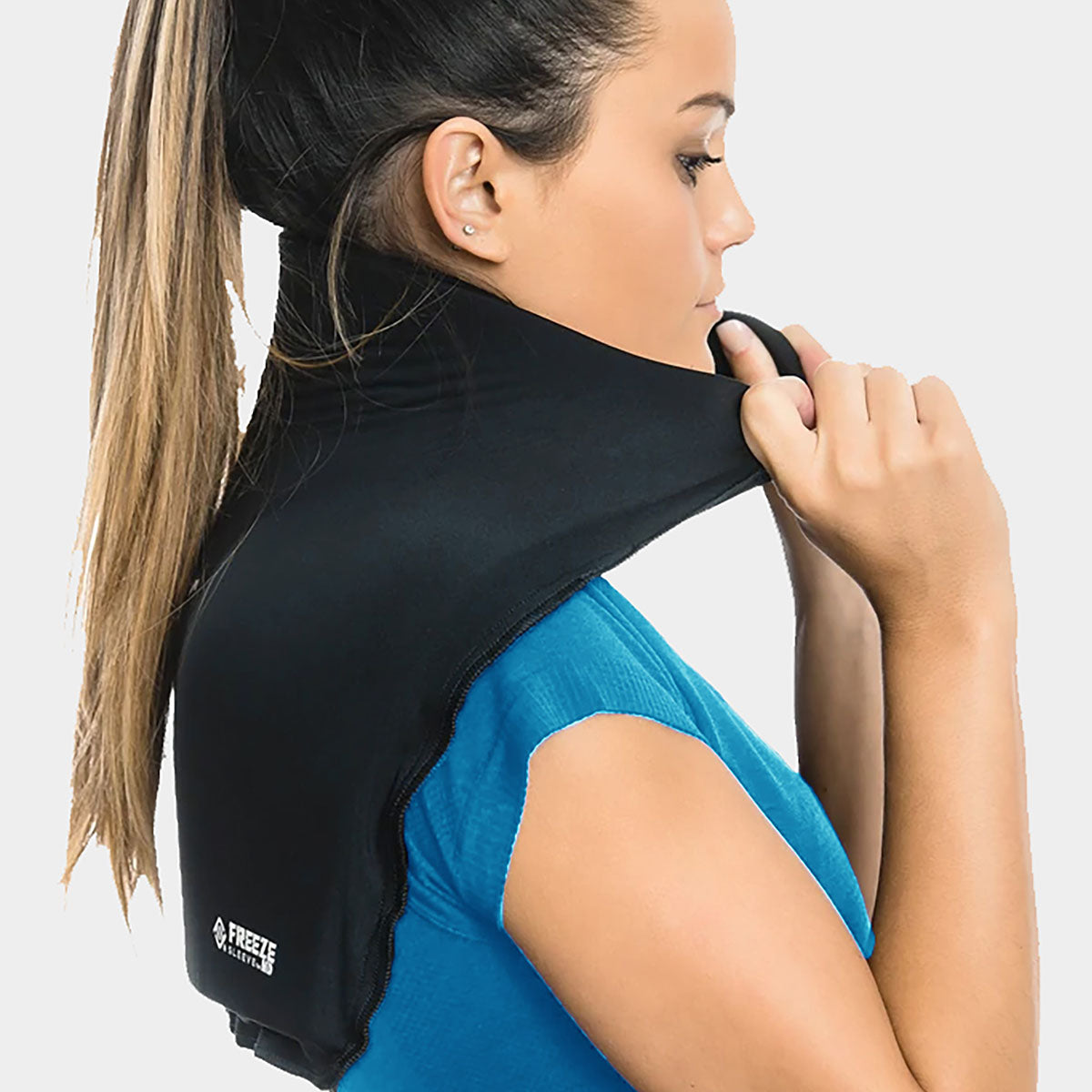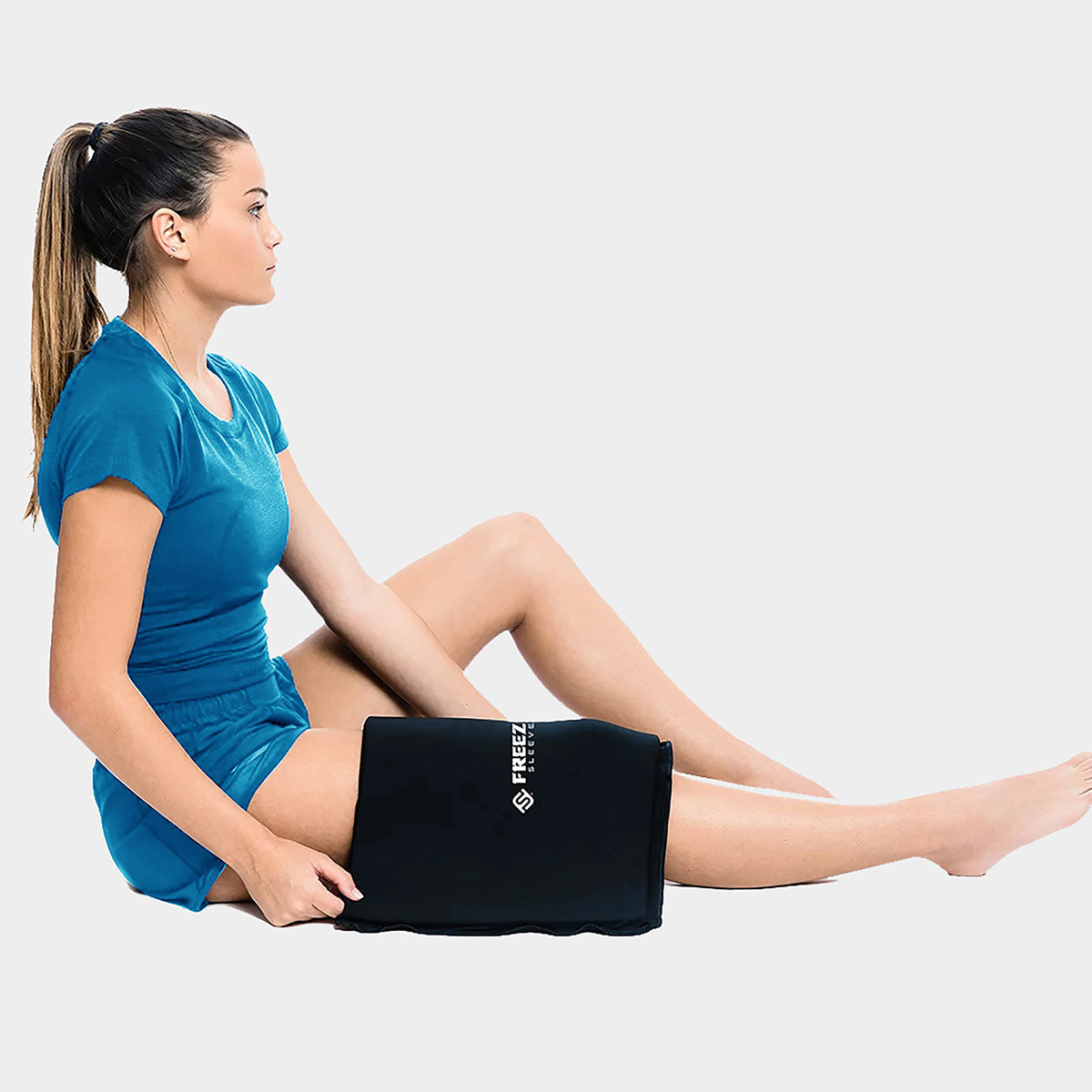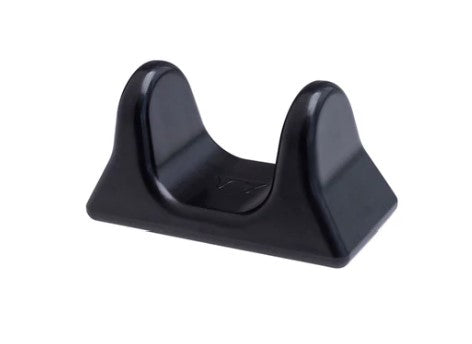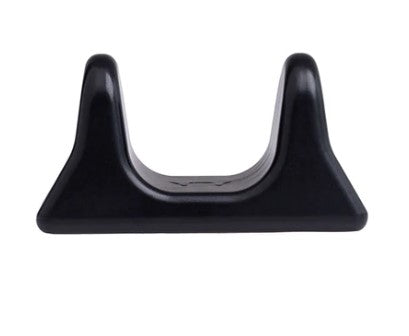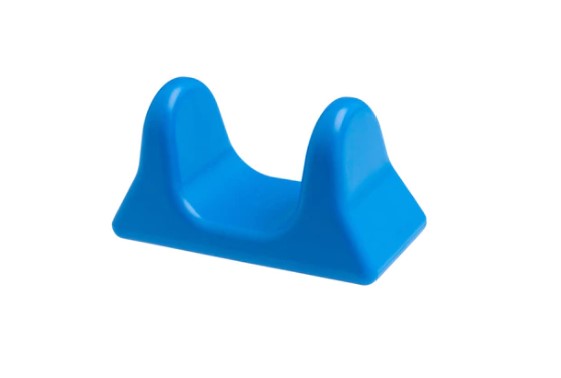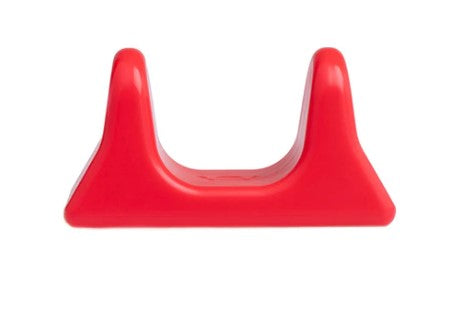I have quite a few athletes on my roster who have tried working with a local therapist or rehabbing on their own. They can’t seem to get past a certain hump of progression and struggle to marry rehab and training without feeling like they have to live exclusively in one camp or another. Most often, what these athletes (powerlifters, bodybuilders, or general gym goers) are lacking is an issue revolving around two major issues:
- Taking whatever patterns or muscles you intend to improve with rehab, and having them translate to training movements in a meaningful way, and/or
- Still finding ways to train without pain or make training productive/complementary to the intent of their rehab.
With my transition into a shade of gray between powerlifting and bodybuilding and a client roster that has expanded to these different populations, I’ve come to appreciate the clinical perspective of how these two seemingly different training styles have many similar opportunities. When trying to make training productive amid injury or when transitioning from standard physical therapy back to training, there are two very easy variables that anyone going into a gym can focus on to get a little extra benefit:
- Setup: Start and end position.
- Intent: Knowing the purpose allows for integrating the pattern targeted by your therapy into movements that will supplement whatever it is you’re working on.
If you’ve been training a while, you already know that you should consider these two variables in every movement. It’s a familiar thought pattern and one you can utilize when finding ways to allow training and rehab to coexist and bolster each other.
Case Study
Two significant concepts I frequently use for my remote rehab athletes are coupled motions and utilization of position based on functional anatomy. How these are applied allows access to specific ranges of motion or coactivation patterns to address the variables people struggle with (setup and intent). Depending on the injury site, the application of either coupled motions or coactivation will differ. Pulling versus pressing is a great example and one I have a relatively recent case study to help explain.
Client's Background
I have a client dealing with some shoulder issues: combination labral tear with bicep tendinopathy. He’s mainly transitioned from powerlifting (requiring a high degree of stiffness and stabilization) to bodybuilding (requires access to greater muscle lengthening and ranges of motion). These two goals compete with each other a bit—one needs a “locking down” and rigidity of movement in very targeted ranges while requiring specific joints to operate within a specific range. The other requires fluidity for both posing and training.
RECENT: The Beauty of Quiet Technique
He trains in a powerbuilding style, which means he’s still lifting relatively heavy and chasing strength but has the end goal of accessing positions in a greater range. He can’t afford to have the “locked down and stiff” feeling in his posing or training. He’s worked with a therapist locally and performed some general rehab emphasizing upper back strength, scapular stability, and shoulder stability. I would've started him in the same place. Still, he struggled to see any translation to training in the gym. Moreover, he was sidelined into “rehab purgatory” and unable to train appropriately.
Solution
His program design centered around the same principles you’d consider when designing any other microcycle: prioritizing lagging parts, being intentional with movement selection, and manipulating frequency, intensity, and volume appropriately to prioritize his biggest weak points. For him, it was leg size and the apparent difficulty navigating any upper body training, push, or pull. We allocated a majority of his recovery resources towards leg size.
Given his current tolerance to both intensity and volume for upper body, we utilized frequency and low-dose sessions with intentional movement selection to allow for both training stimulus and a recovery window that allowed for tissue adaptation and integration for his upper body. A lot of what I incorporated for his upper body was simple and applied functional anatomy based on the concept of coupled motions, which I’ll touch on below. Coupled motions look at the big picture of how things work together. It's also one way to improve the global patterning of an area if we’re smart about it. Think about three planes of motion to correct movement patterns in iron sport athletes rather than one or two. We need to stop thinking rigidly and appreciate the fluidity of the body and how we move three-dimensionally.
Movement Selection
I have an example of a modified cable hammer curl below. Using this modification, he was able to get some direct arm training while targeting principles mentioned at the beginning of the article. Everyone who steps foot in a gym should be thinking about setup and intent.
Manipulating these variables allowed him to do what most clients who work with me have a hard time:
- Integrating traditional physical therapy work into the gym for meaningful carryover.
- Still finding ways to train.
For this particular example, the major principle applied for integration for PULLING movements, which differs from PRESSING movements at the shoulder, is to use coupled motions. Coupled motions are ones that often occur together, naturally in compound/multisegment movements. For pulling motions, where his bicep is likely to be irritated and requires scapular control and strength, it’s fairly common to see a layer evolve as functions of daily posture, coupled with training.
He’s a software developer by day, which means a large portion of his day is spent in an internally rotated, adducted, and pronated position at baseline. Think rounded inwards globally from the shoulder down to the wrist. This baseline is an example of the opposite pattern he’s worked on in physical therapy—improved scapular control via exercises like the Locke big 3, wall angels, and serratus slides.
What he needs is exposure to the same patterns he’s worked on in therapy in a setting that was meaningful to his training to improve proprioceptive control, brain mapping/efficiency of pattern access, and endurance in the desired pattern. From a training standpoint, he needs to find and use the opposite of where he spends most of his day in external rotation, slight abduction, and supination, with a posterior tilt of his shoulder blades, trained in a way that promotes endurance and functional range of motion.
I use the example of a pendulum a lot as a teaching tool. If you spend a lot of time in one region of a pendulum, it’s hard to sense a big change. Similar to if you live in a state where the temperature only fluctuates from 60 degrees to 70, compared to one that oscillates from -100 to 100. The greater the difference in ranges and the more drastic the contrast, the easier it becomes to acknowledge both ends of the pendulum as well as the shades of gray in between.
We manipulated the start position to broaden the oscillation of his pendulum.
Cable Hammer Curl
This is a super simple cable hammer curl with a few details that make it applicable to him.
Cable Hammer Curl Application
Goal
- Stimulate the bicep tendon for continued repair and appropriate tension. Tendon requires some load to adapt, but dosage needs to be monitored and progressed appropriately to promote adaptation without stepping beyond recoverability. Forty-eight to seventy-two hours is a decent first guideline to follow for stimulation and where we started. Dosage (sets, reps, weight) was monitored for progression without increases in pain.
- Access global “pattern change” of external rotation at the shoulder and shoulderblade and upper back proprioception and endurance via coupled motions. This was supplemented with some additional targeted physical therapy work and postural education since he spent ten hours/day in the opposite pattern.
- Letting him feel like he could train and do something that worked towards his long-term goal.
- Knowing that training was working with rather than against previous physical therapy.
Setup/Position
- As with any training movement for either powerlifting or bodybuilding, your start position will be a colossal determinant in your end position and line of pull.
- Starting from a position that is “opposite” where you intend to go can be useful in finding the line of pull you’re intending. If you want to move to one side of the pendulum, it's easier to sense the difference when the change is drastic, which allows for motor learning, control, and integration.
- Starting from a relatively adducted, internally rotated, and pronated position exaggerates where he spends a large portion of his day. It should allow him to sense a greater change in finding the goal of supinated, externally rotated position with a bit of posterior tilt/control through the shoulder blade. The shoulder blade position in a STATIC environment was the major emphasis of his physical therapy. He couldn’t seem to find control in training or fatigue relatively quickly as soon as more than one body part was involved. As soon as he did anything that remotely looked like training, he went from feeling upper back, to bicep, no matter the cues.
- Creating smaller oscillations in the pendulum is where we headed. It’s more sensitive motor control (like someone who can tell a massive difference between 60 degrees and 65 degrees).
- Use of the rope attachment allowed us to utilize grip to promote the same patterning. Thumb-heavy grip tends to lead towards internal rotation. In contrast, pinky-heavy grip promotes greater degrees of stabilization, trending towards external rotation (the goal).
There’s nothing fancy about this. It’s just an intelligently executed cable hammer curl. For most people in rehab and training, the details aren’t overly important and aren’t a make or break. They can, however, be an opportunity to bridge the gap for an athlete who’s been stuck in a cycle of not being able to train major patterns (such as pressing or pulling) because of an inability to stabilize at a threshold that accrues a training stimulus. Was his upper back becoming way stronger from this? Absolutely not. If he can’t control his upper back here, it’s undoubtedly an indicator to me as to why he’s accruing excessive localized stress in his bicep with his upper pulling sessions, even if his regular physical therapy feels too easy.
I wasn’t surprised at how quickly fatigue accumulated in his upper back with this exercise. His indicator was that as soon as he couldn’t feel his shoulder blade move or engage, his “awareness” of his pain area increased substantially. This was a key performance indicator we monitored. It indicated that our next step after finding the pattern with something other than a physical therapy exercise (like prone I/Y/T or swimmers), endurance under load needed to be our next step. Clinically, this is exactly where MOST physical therapists would/should go, but it needed to be done in a way that was relevant to this athlete in a gym setting.
Endurance in this position from a dynamic standpoint carries over well to an upper pulling-based session. In contrast, endurance in a STATIC position carries over a bit better to a pressing-based session but should lateralize to either type of session regardless.
There was quite a bit of other more traditional “therapy” work that I prescribed for him, especially with building tolerance and stability that continued to expose some other areas of opportunity for him.
Conclusion
As a whole, a happier musculoskeletal system will yield a happier nervous system, which allows greater permissive force production. Increased force production throughout an appropriate functional range is ultimately what will allow him to progress in both his goals of strength and aesthetics. If you can take the desired training stimulus (say, upper back pulling, for example), break it down to identify what other motions often co-occur, then lateralize those same motions into another movement. It’s a relatively easy way to start building into a threshold that allows you to train.
Dani is a Doctor of Physical therapy, CSCS, IFBB pro, and elite level powerlifter in the 123 class. She's the first to admit she pushes the envelope with training, which uniquely allows her to blend principles of rehab with a love for all things iron. Creativity, relationships, and trust drive her to empower coaches and athletes with tools and education from a PT who understands training demands. She can be reached for remote PT services, consults, and training at Dani@MergePerformancePT.com.

















































